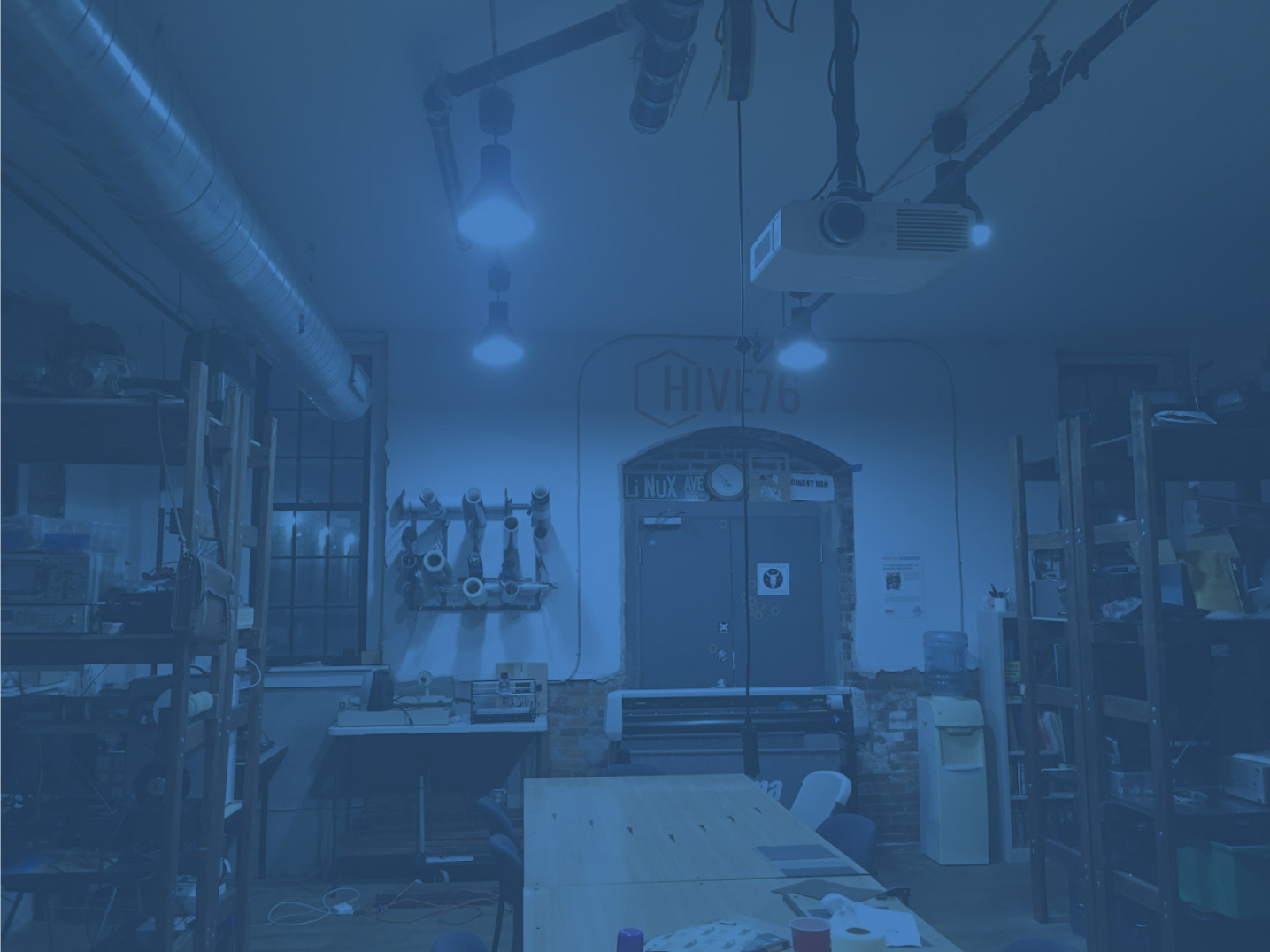Whoa! Fosscon is tomorrow and Hive76 is going to be there!!
What’s fosscon? From the fosscon crew:
Fosscon 2012 is a free and open source software conference, and will
include six general-interest talks, and workshops on topics including
development, community building, hackerspace activities, and more.
Learn about 3D printing, security, and protecting your privacy.
Network with the local tech community and discover new technologies.
(fosscon.org)
Whoa, workshops?! That’s right! Some of which will be conducted by Hive76! We’ve actually been given an entire ROOM for the conference, so be sure to stop by when you’re there!
The workshops that we’ll be running cover Intro to soldering, Intro to Arduino, Build Your Own Flat Panel Speakers, and several workshops on Building Your Own Simple Square Wave Synthesizers.Several? Yeah, Sean will cover using 555 timers, MSP430s, and also Arduinos!
The costs for these workshops will vary from $10-$30 to cover instruction and also cost of materials used.
Make sure to register for fosscon! Seating is limited! If you’d like to financially support fosscon (you should, it’s awesome!), it will only cost you $25 and you get some nice swag! Otherwise, fosscon is a free-as-in-beer event, but you still have to register!










 ZOMG GUYZ!
ZOMG GUYZ!